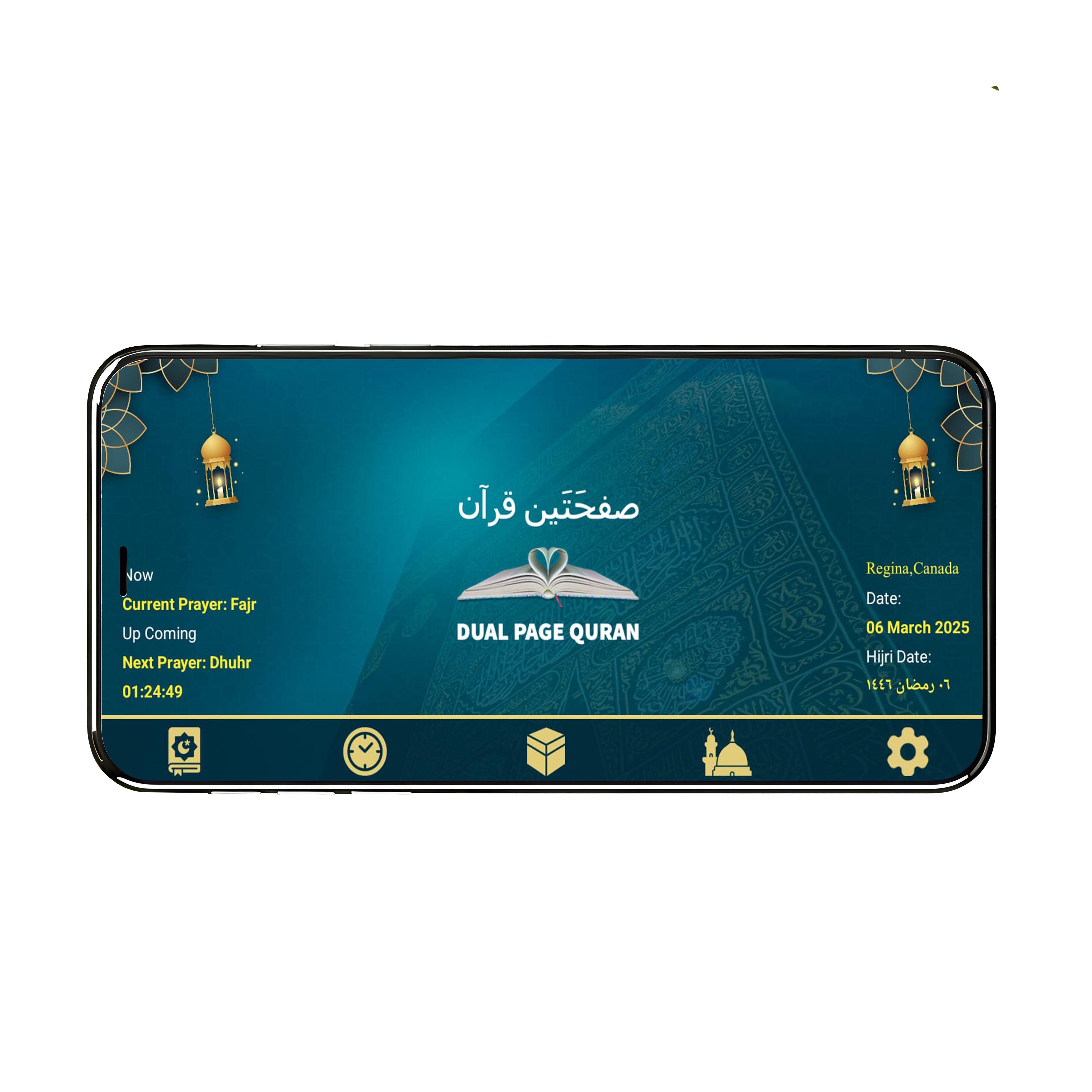The Journey of the Quran
From Leather to Digital Pages
The preservation and transmission of the Quran—from oral recitation to printed manuscripts and now mobile applications—reflect the unwavering reverence Muslims have for the divine message across centuries.
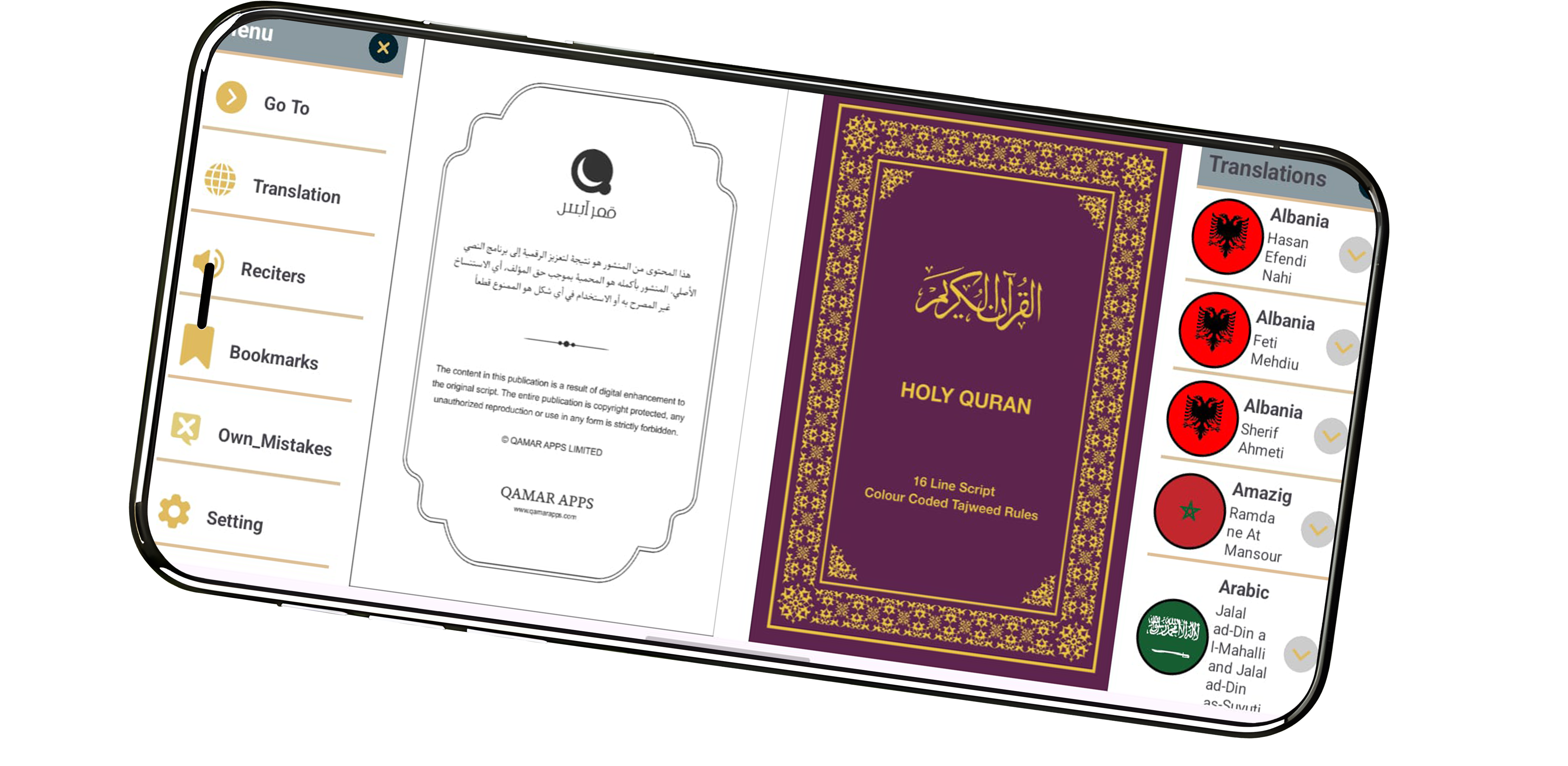

Early Preservation
From Oral Transmission to Leather Scrolls
In the earliest phase of Islam, the Quran was primarily preserved through memorization by the companions of Prophet Muhammad ﷺ. Alongside this strong oral tradition, the revelations were also written down during his lifetime by appointed scribes on various available materials such as palm leaves, flat stones, bones, and especially leather (adīm)—a durable and revered medium. Historical accounts note that letters and treaties dictated by the Prophet ﷺ were inscribed by scribes onto tanned hides and dispatched to neighboring rulers, highlighting the significance of leather in early Islamic documentation.
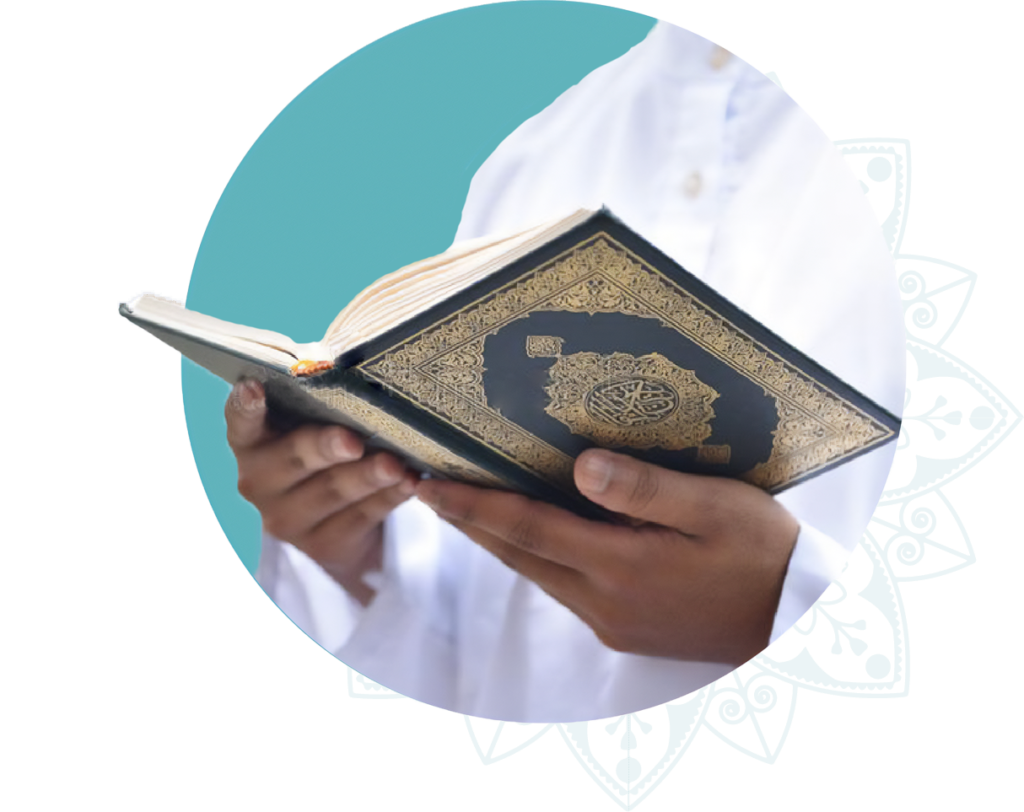
The Compilation Era
Efforts of Caliphs Abu Bakr and Uthman (RA)
Following the passing of the Prophet Muhammad ﷺ, the first Caliph, Abu Bakr al-Siddiq (RA), initiated the compilation of the Quran into a single manuscript. This decision was prompted by the martyrdom of many Huffaz (memorizers of the Quran) during the Battle of Yamama, raising concerns about preserving the Quran in its entirety. Zayd ibn Thabit (RA), one of the Prophet’s primary scribes and a trusted companion, was appointed to lead this sacred and meticulous task. Later, during the caliphate of Uthman ibn Affan (RA), the Quran was standardized into a single script (known as the Uthmani script) to eliminate dialectical variations in recitation. Multiple identical copies were then distributed to major Islamic regions, ensuring the unity and consistency of the Quranic text that continues to this day.
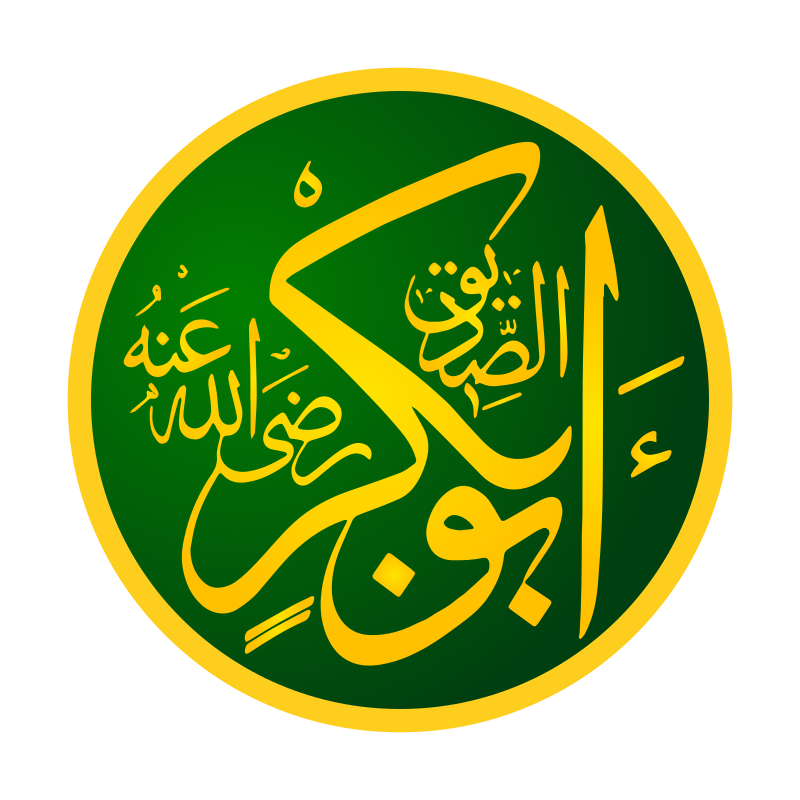
The First Printed Quran
Paganini’s Press in Venice (1537–1538)
The first known attempt to print the Quran using movable type was made in Venice by Paganino Paganini and his son Alessandro Paganini between 1537 and 1538. While groundbreaking, the edition contained typographical errors and was not widely distributed or accepted. Only a single incomplete copy is known to survive today. It marked a turning point in technological interaction with sacred texts, despite its shortcomings.
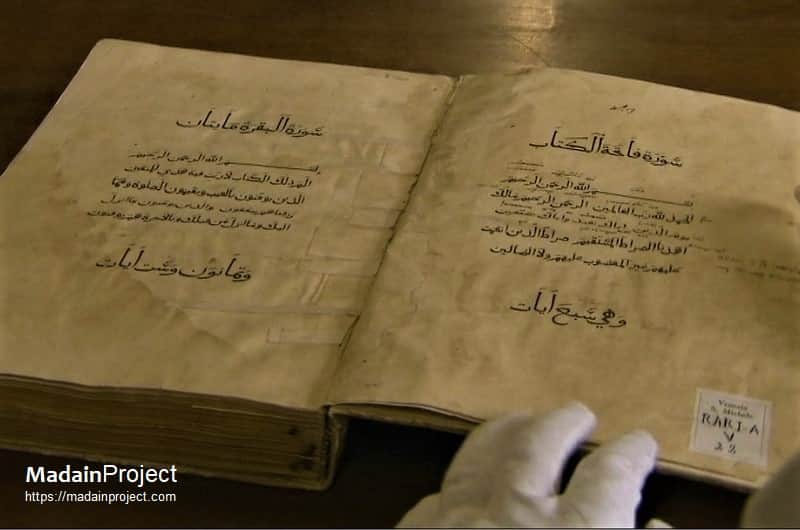
European Editions
Hinckelmann and Maracci
In 1694, German Orientalist Abraham Hinckelmann printed an Arabic-only version of the Quran in Hamburg. This was followed by Ludovico Marracci, a Catholic priest and scholar, who produced a Latin translation of the Quran with critical commentary in 1698 in Padua, Italy. Though both works were primarily academic and polemical in nature, they expanded access to the Quran in Western academia.
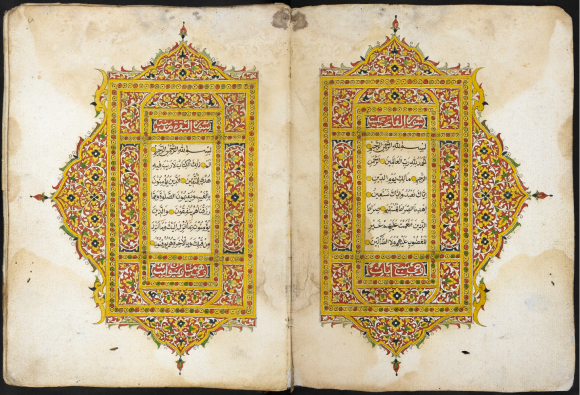
Islamic Printing Revolution
Bulaq Press in Egypt (1820)
The Bulaq Press was established in Cairo by Muhammad Ali Pasha in 1820 as the first official Arabic printing press in the Islamic world. Among its most significant contributions was the printing of Quranic texts in standardized Arabic calligraphy, combining aesthetic beauty with mass distribution. It empowered Muslims with easier access to printed Mushafs while preserving traditional script styles.
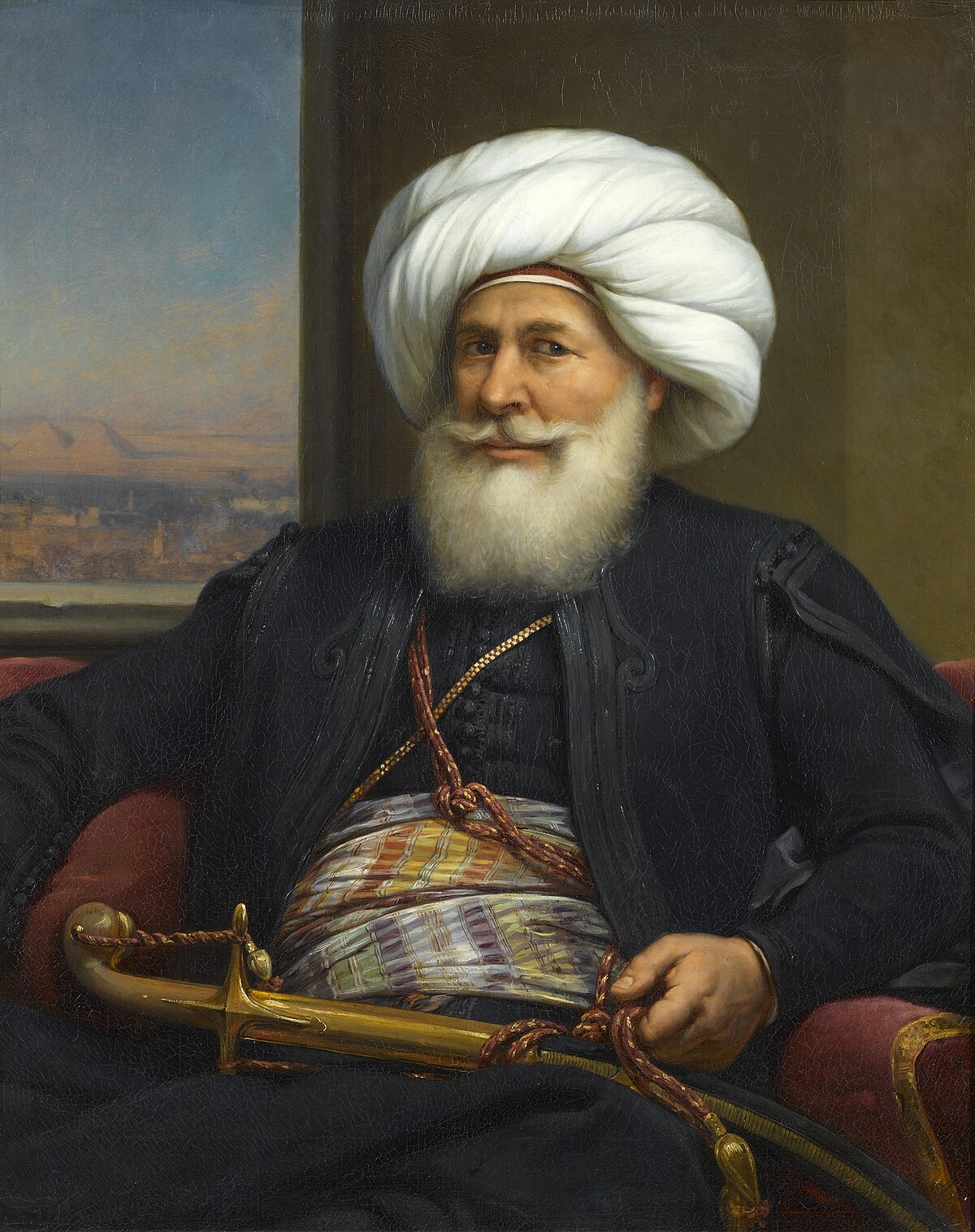
Digital Age
From PDF Mushafs to Mobile Quran Apps
By the late 20th century, the Quran had entered the digital realm. The first Quranic PDFs became available online in the 1990s, allowing users to download, view, and search the entire Quran electronically. As smartphone usage surged, Quran apps began appearing with features like audio recitation, translation, Tajweed guides, and bookmarking. These apps opened doors for millions, especially reverts and non-Arabic speakers, to connect with the Quran personally and interactively.
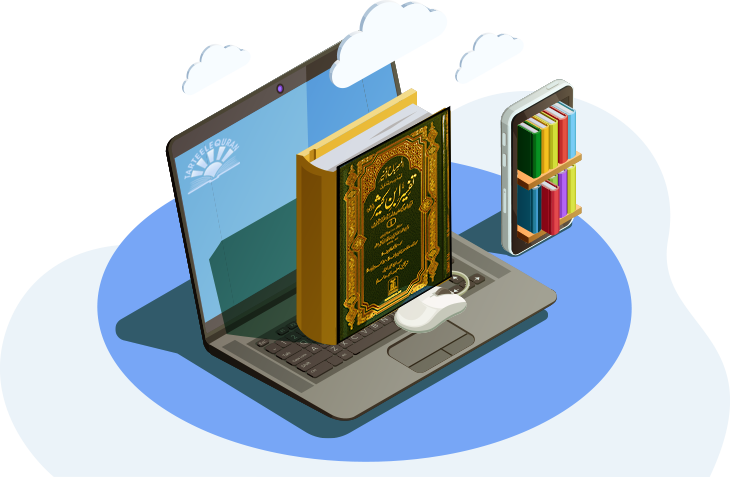
Dual Page Quran Features
At the crossroads of heritage and technology stands the Dual Page Quran, our humble contribution to this ongoing journey. Designed with deep respect for the Quranic tradition and user experience, the app offers:
Bookmark
Save your place for continuity of Tilawat next time by highlighting the Ayat.
Salah Times
Accurate prayer times based on your location
Hijri Calendar
Integrated for easy reference to Islamic dates.
Highlighted Ayat
Focus on specific verses with ease.
Memorization Tools
Loop, repeat, and self-recitation options for personalized learning.
Dual-Page Experience
Authentic Mushaf-like navigation for an immersive experience.
Audio Translation
Featuring the voices of Dr. Nouman Ali Khan, Dr. Farhat Hashmi, and Shamshad Ali Khan.
Tajweed Rules
Indicated by color to guide proper pronunciation.
Respectful Interface
Everything is neatly placed on the side of the screen, ensuring the sanctity of the Quranic text is preserved. You always see the Quran when it is open.
Translation
Available in text format, offering clarity and depth.
Live Makkah and Madina
Real-time connection to the holy cities.
Mistake Highlighting for Hifz
Identify and correct errors during memorization.
Search Optimization
A mobile app landing page is the important and essentials amount product.
Conclusion
From humble beginnings on leather scrolls to becoming part of mobile technology, the Quran has traveled through time while remaining unchanged in its words. The preservation of this divine book is a miraculous journey, enhanced by human effort and divine protection. As we move forward into the digital age, apps like the Dual Page Quran continue this noble mission—bridging the traditional Mushaf experience with today's accessibility needs.
